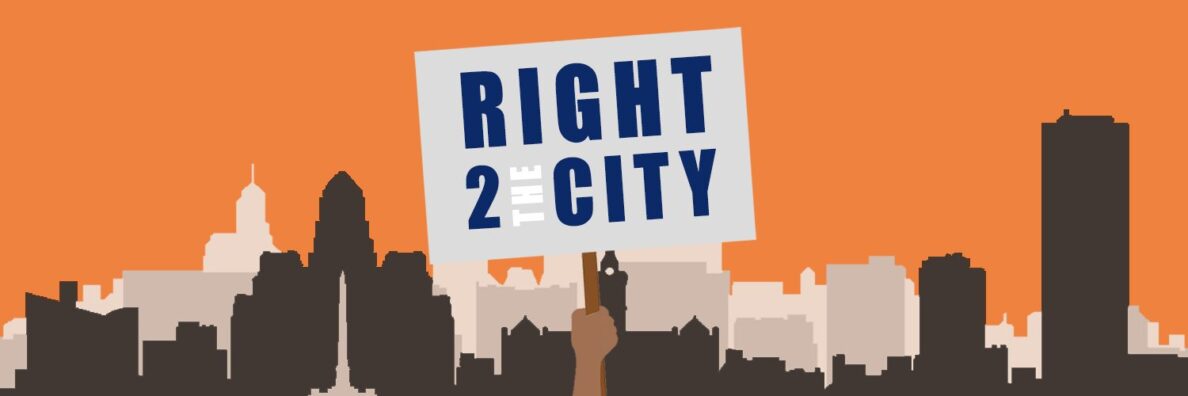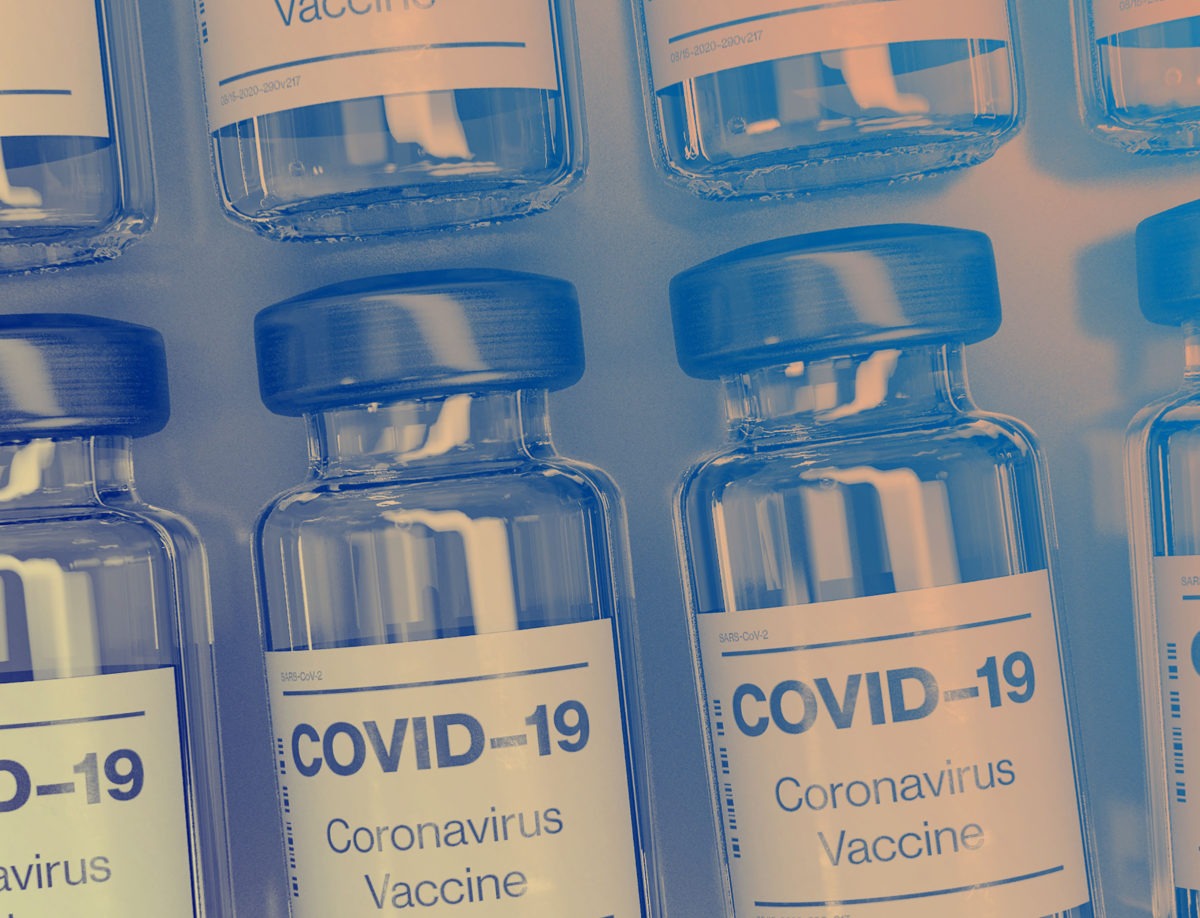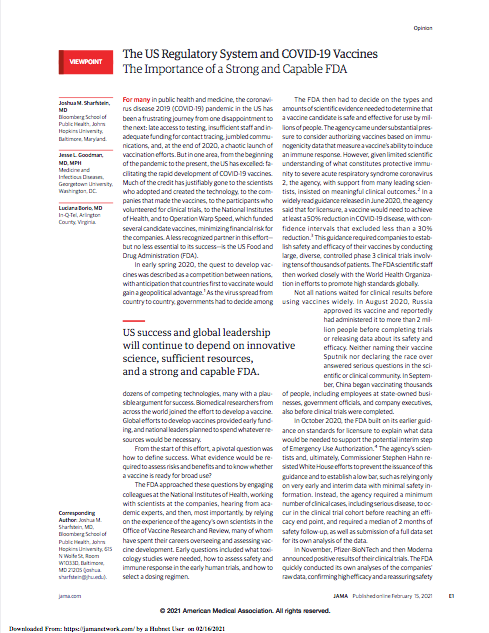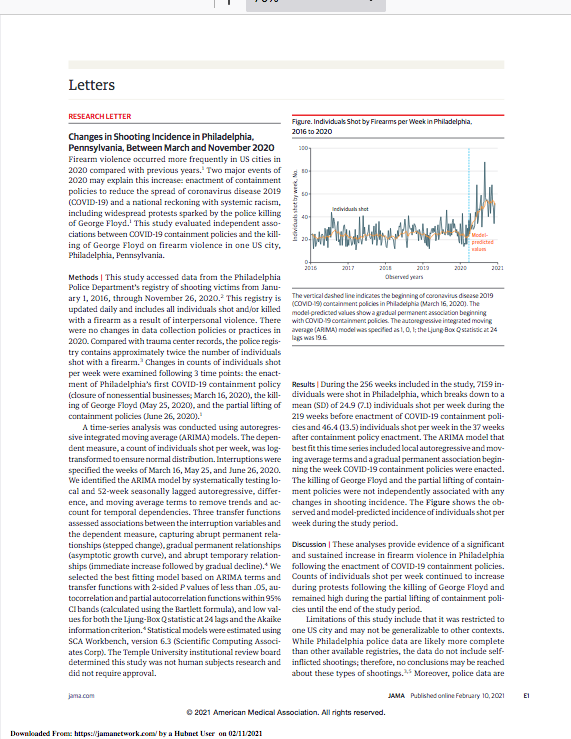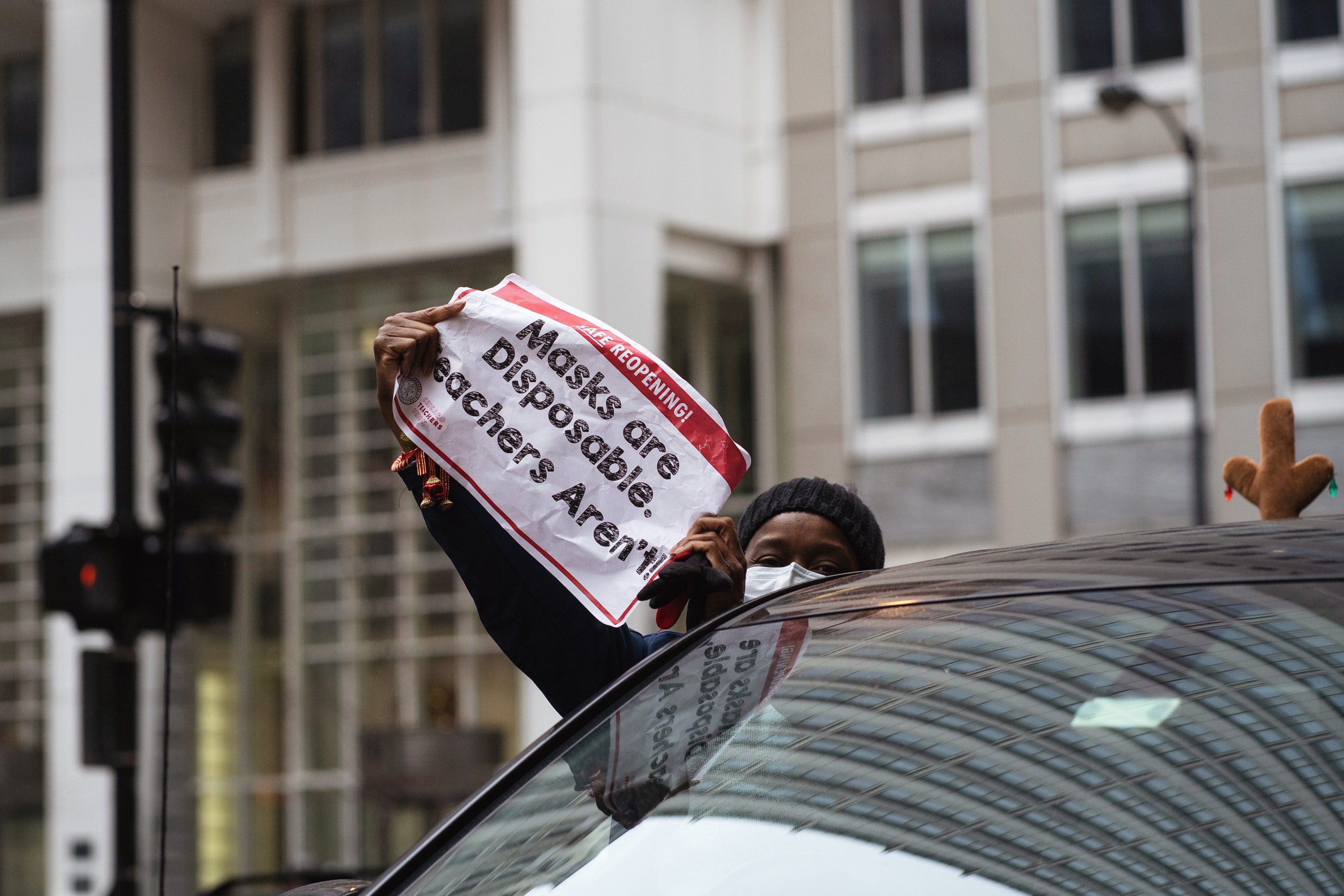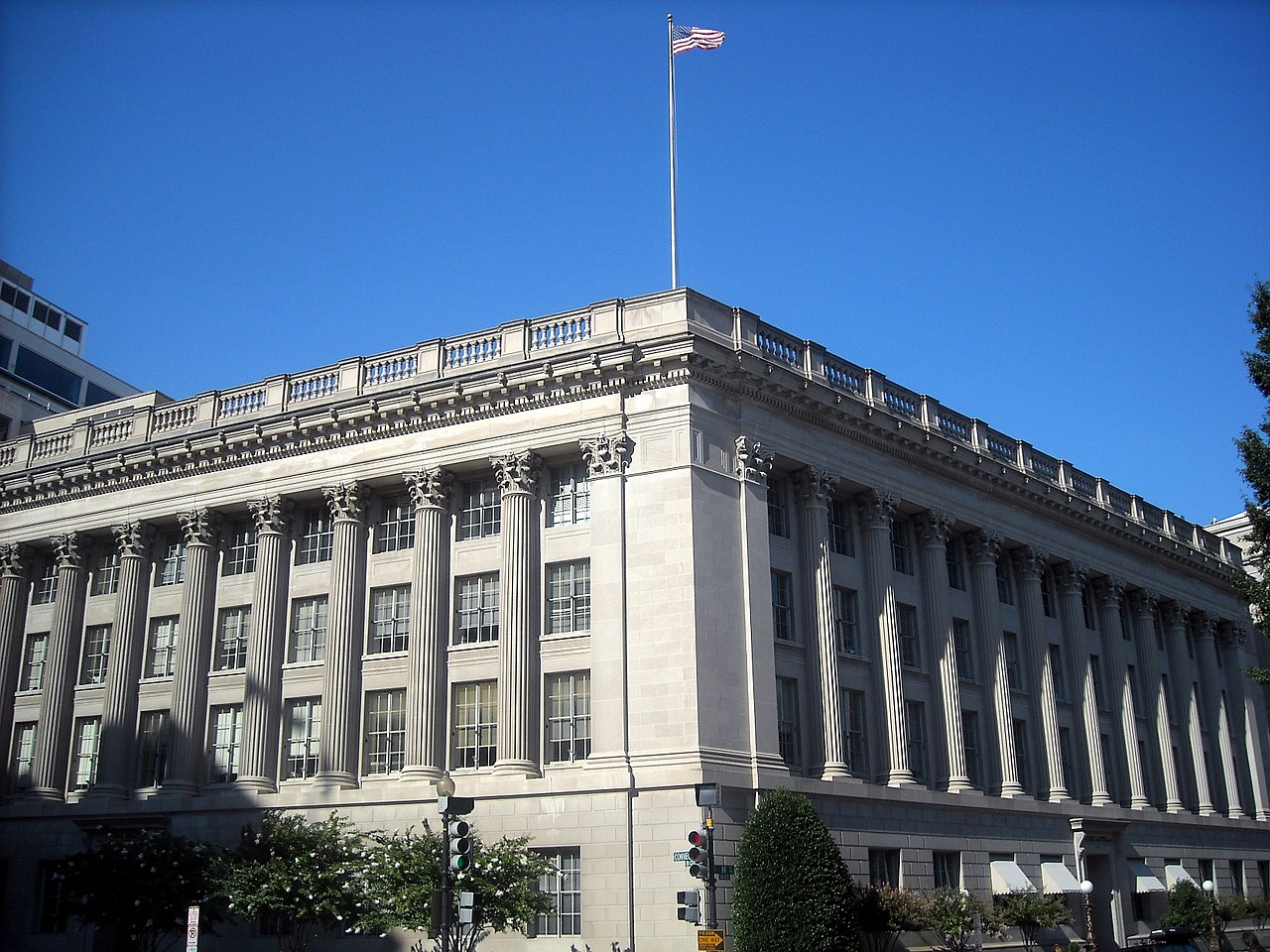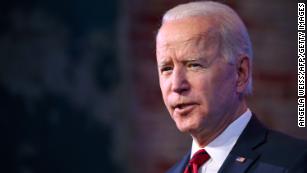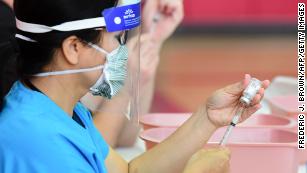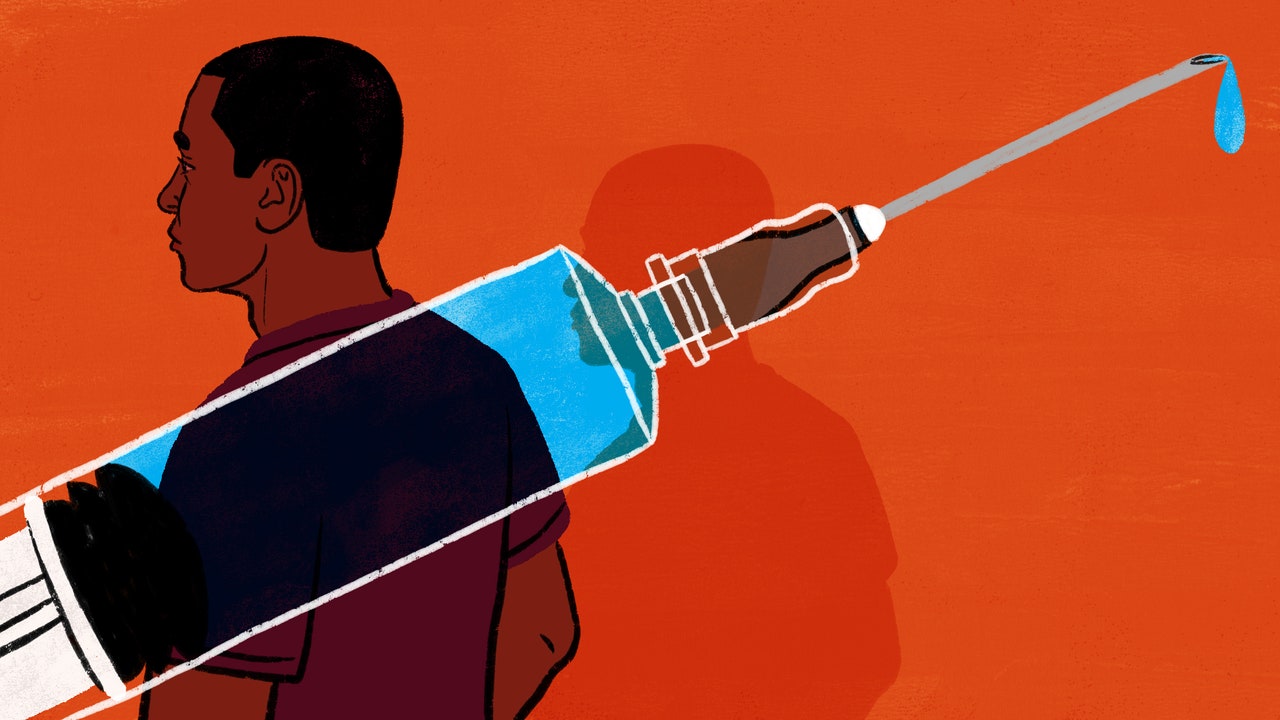The Case for Prioritizing COVID-19 Vaccines in Prisons and Jails
By Emily A Wang & Lauren Brinkley-Rubinstein & Lisa B. Puglisi
Read the full article from The Appeal, here.
Prisons and jails across the country have been breeding grounds for COVID-19. Built to house scores of people in a confined setting, correctional facilities have accounted for a majority of the largest single-site, cluster outbreaks across the country. Nearly 20 percent of the nation’s prison population has tested positive for COVID-19, with an infection rate more than five times higher and an age-adjusted mortality rate three times higher than that of the general population.
